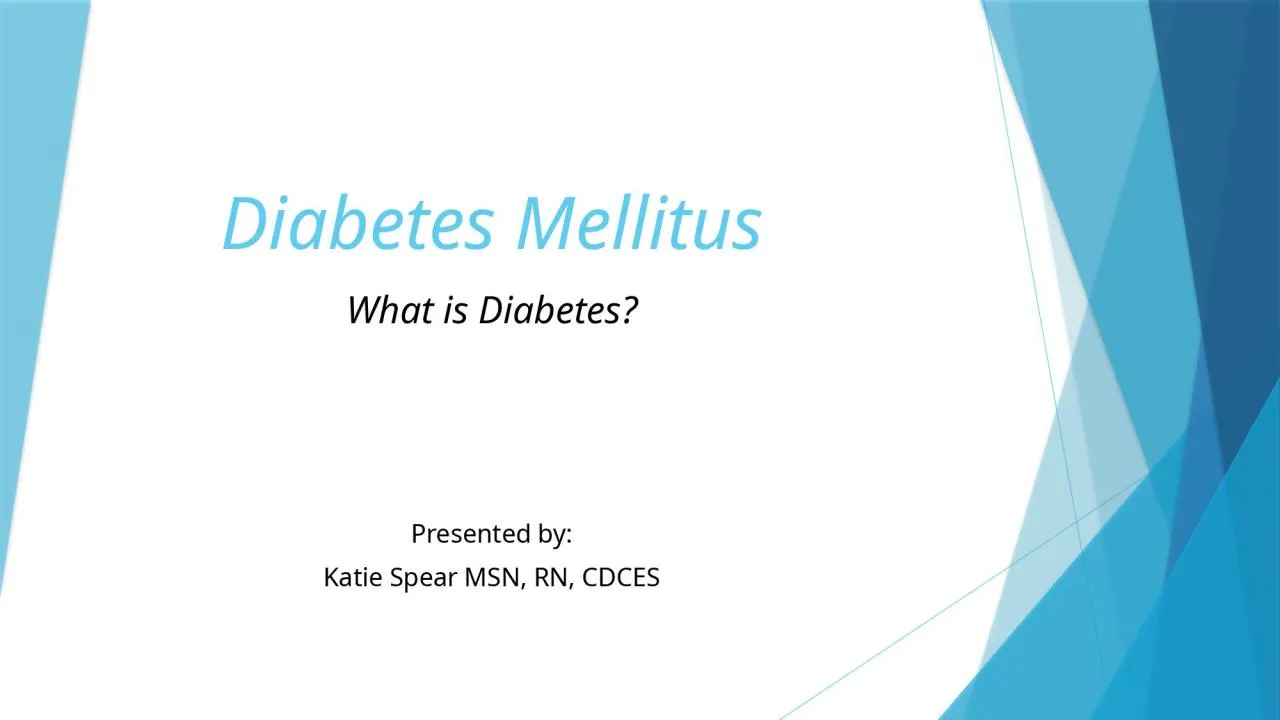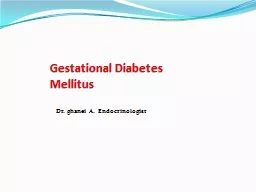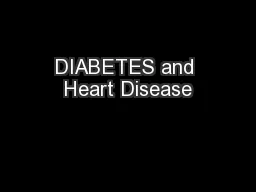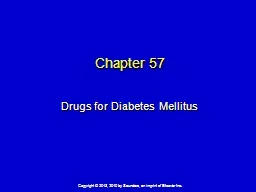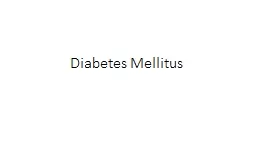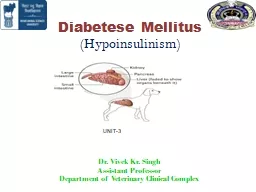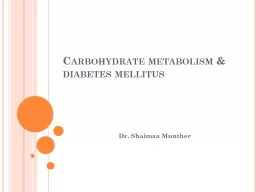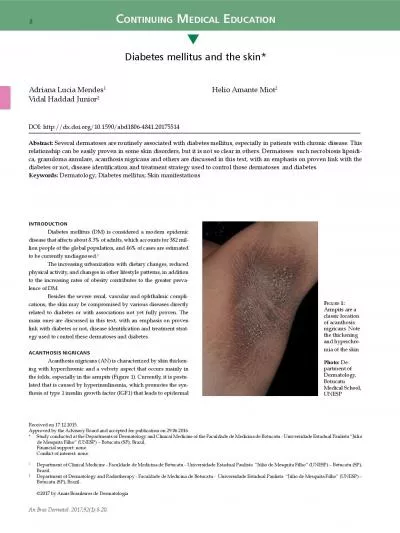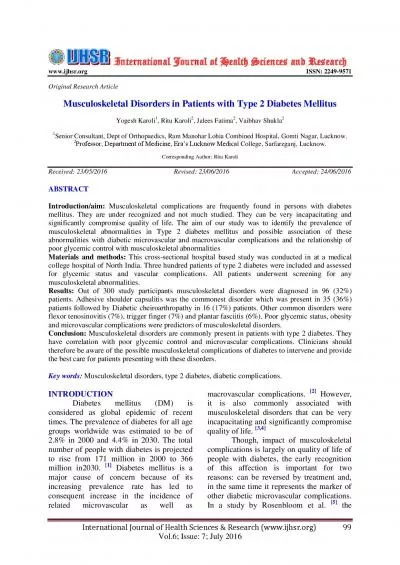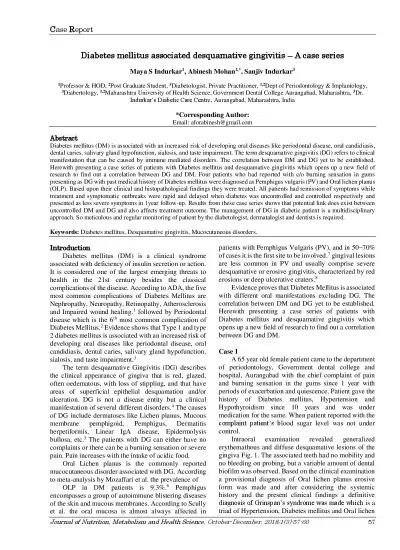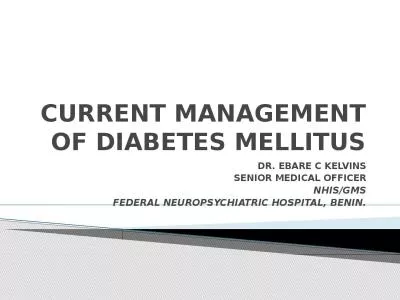PPT-Diabetes Mellitus What is Diabetes?
Author : layla | Published Date : 2022-06-01
Presented by Katie Spear MSN RN CDCES 3 Takeaway Points 1 How the pancreas is the problem in diabetes 2 How high blood glucoses or blood sugar effects your body
Presentation Embed Code
Download Presentation
Download Presentation The PPT/PDF document "Diabetes Mellitus What is Diabetes?" is the property of its rightful owner. Permission is granted to download and print the materials on this website for personal, non-commercial use only, and to display it on your personal computer provided you do not modify the materials and that you retain all copyright notices contained in the materials. By downloading content from our website, you accept the terms of this agreement.
Diabetes Mellitus What is Diabetes?: Transcript
Download Rules Of Document
"Diabetes Mellitus What is Diabetes?"The content belongs to its owner. You may download and print it for personal use, without modification, and keep all copyright notices. By downloading, you agree to these terms.
Related Documents

